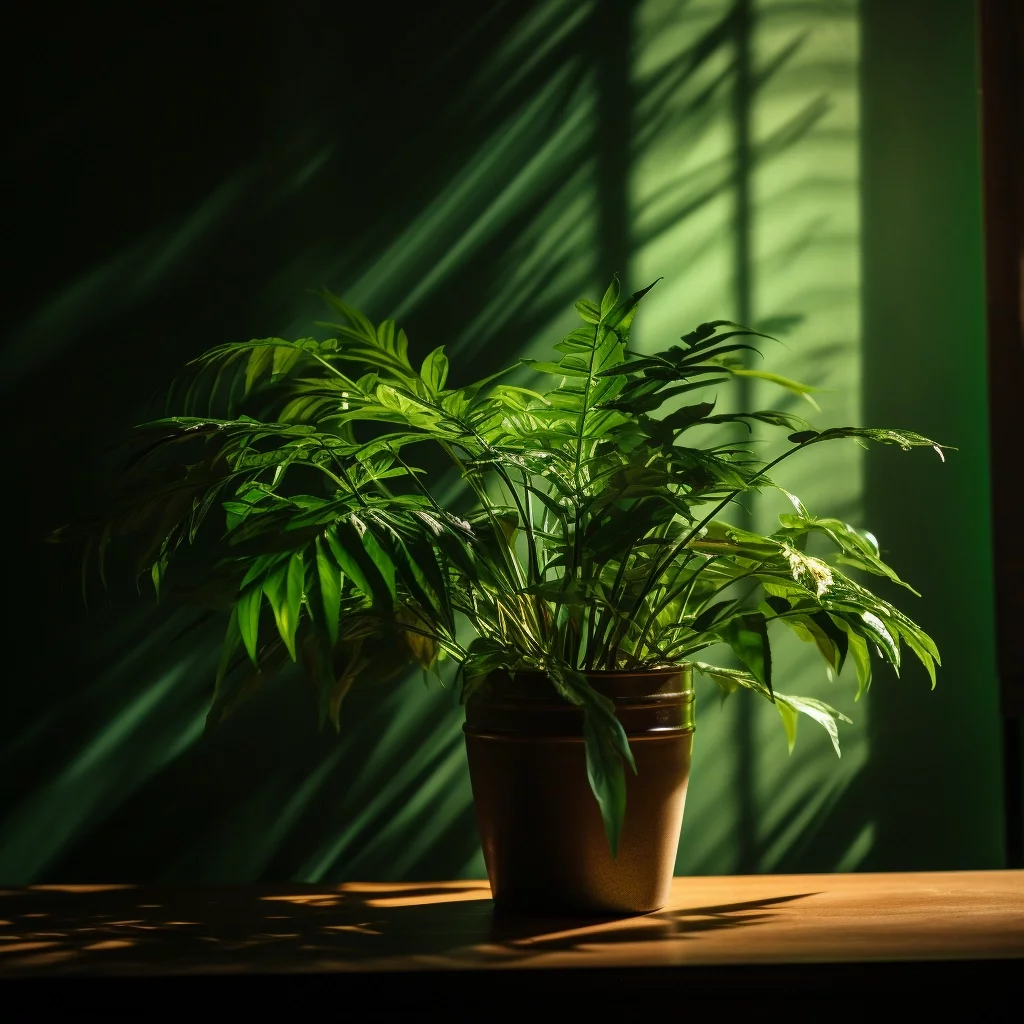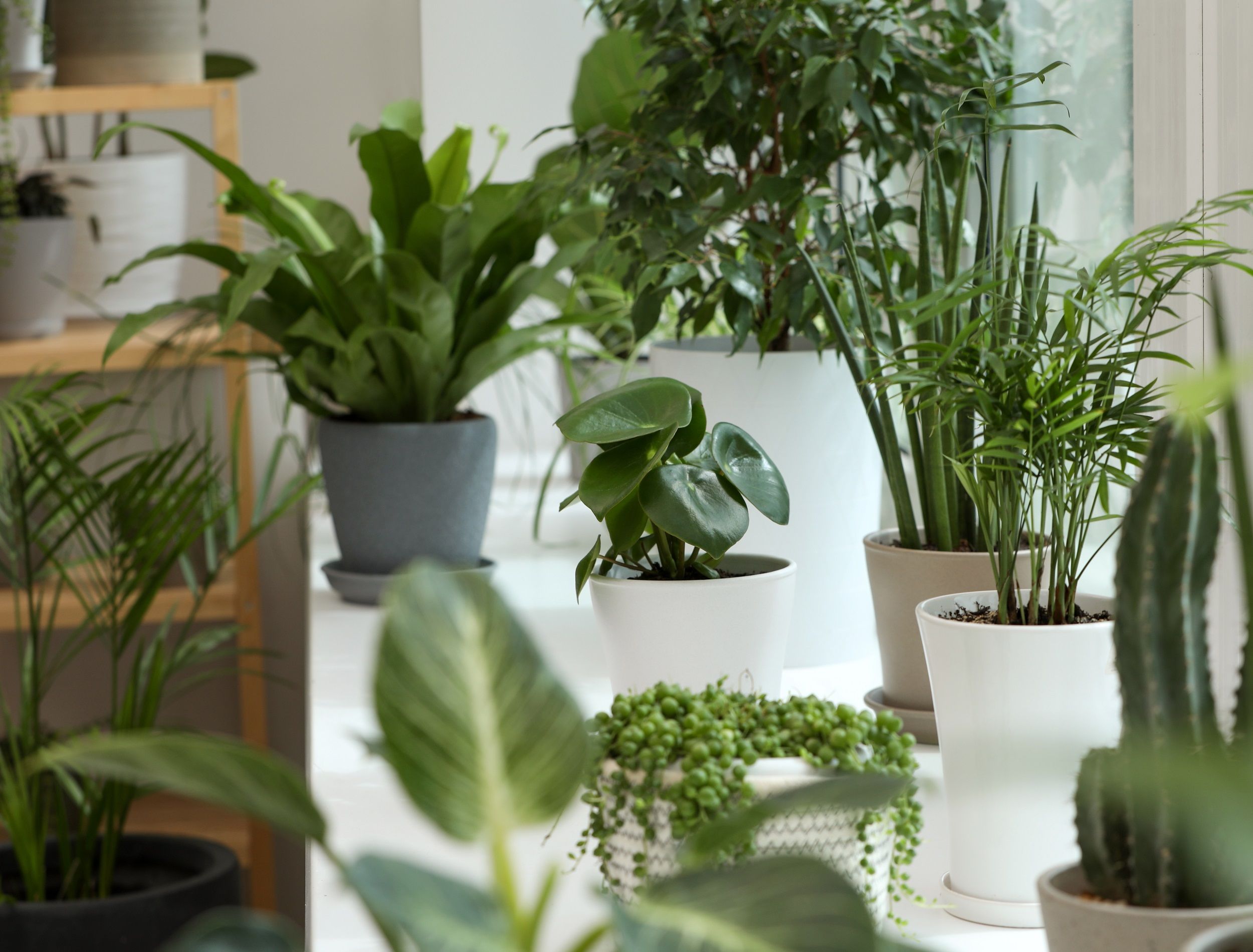Discover the Tricks of Low-Light Indoor Plants and Just How They Boost Your Environment
Low-light interior plants have actually garnered boosting attention for their one-of-a-kind capability to enhance both aesthetic appeal and environmental high quality within homes and offices. These resistant varieties, consisting of the Serpent Plant and Peace Lily, not just grow in tough lighting conditions but also play a critical function in air purification and emotional well-being. Understanding the specific advantages and treatment demands of these plants can dramatically affect your space. As we explore the intricacies of their benefits, you might find insights that can transform your environments in unforeseen ways.
Benefits of Low-Light Indoor Plants
Although many individuals think that interior plants call for abundant sunlight to flourish, low-light indoor plants supply a wide range of benefits that make them suitable for different settings. Among the key benefits is their flexibility; they can flourish in areas with minimal natural light, such as offices, basements, or spaces with tiny home windows. This function permits individuals to enhance their surroundings with greenery, adding to enhanced appearances without the demand for considerable lights modifications.
In addition, low-light interior plants can dramatically improve indoor air high quality by filtering system harmful contaminants and releasing oxygen, making living spaces healthier. Research has shown that particular ranges can absorb contaminants, therefore advertising a cleaner ambience. In addition, they can boost mental health by reducing stress and boosting efficiency. The visibility of plants has been connected to greater feelings of serenity and focus.
Moreover, low-light plants usually call for less maintenance than their sun-loving counterparts, making them ideal for active people or those new to gardening. Their strength enables them to flourish with minimal treatment, hence offering a gratifying experience for plant lovers and beginners alike. In summary, low-light indoor plants serve both functional and visual purposes, making them useful enhancements to any kind of area.
Leading Low-Light Plant Selections
Low-light indoor plants come in a selection of types, each offering unique characteristics and benefits fit for dark atmospheres. Amongst the most prominent varieties is the Serpent Plant (Sansevieria), known for its architectural fallen leaves and air-purifying capabilities. This resistant plant flourishes on neglect and can endure a large range of light problems.
An additional outstanding option is the ZZ Plant (Zamioculcas zamiifolia), which features shiny, dark environment-friendly leaves and is very drought-tolerant. Its adaptability makes it a preferred for workplaces and homes with minimal sunshine.
The Pothos (Epipremnum aureum) is additionally a leading competitor, with its routing creeping plants and heart-shaped fallen leaves - Best low-light indoor plants. This flexible plant can be educated to climb or waterfall, adding visual rate of interest to any type of room

Treatment Tips for Low-Light Plants
Caring for low-light indoor plants requires a nuanced understanding of their specific demands to make sure ideal growth and vigor. It is vital to select the appropriate potting mix, as a well-draining dirt is essential to prevent origin rot. A blend developed for houseplants, typically consisting of peat moss and perlite, functions well for many low-light selections.
Watering is one more vital facet of treatment. Low-light plants generally need much less frequent watering compared to their sun-loving counterparts. It is suggested to inspect the top inch of soil; if it really feels dry, it's time to water. Overwatering can bring about issues such as mold and root degeneration.
Fertilizing needs to be approached with care. During the expanding period, a diluted fluid plant food can be used monthly, but in winter season months, several low-light plants enter dormancy and need little to no fertilization.
Finally, it is necessary to regularly clean up the leaves to eliminate dirt, enabling better light absorption. By adhering to Web Site these care suggestions, you can cultivate a growing environment for your low-light indoor plants, boosting both their appearance and longevity.
Enhancing Air High Quality With Plants
Interior plants play a significant role in improving air top quality within homes and workplace rooms. With the process of photosynthesis, these plants soak up carbon dioxide and release oxygen, adding to a healthier ambience. Additionally, particular low-light indoor plants possess the capacity to filter dangerous pollutants, such as formaldehyde, trichloroethylene, and benzene, which are typically located in indoor settings.

Furthermore, the existence of interior plants can boost moisture levels, which assists reduce completely dry skin and respiratory concerns, even more boosting overall wellness. This ability to improve air top quality not only advertises physical health and wellness yet likewise supports mental wellness.
Integrating low-light interior plants right into your living and functioning spaces can bring about an extra vivid and stimulating atmosphere (Best low-light indoor plants). Purchasing these all-natural air purifiers is an easy yet effective strategy for boosting indoor air high quality and promoting a healthier way of living
Creating a Tranquil Indoor Space
The assimilation of plants into living areas not just enhances air high quality but likewise adds to a tranquil environment. Low-light interior plants, such as serpent plants and pothos, are especially reliable in creating a calm atmosphere, as they prosper in problems that might or else be unwelcoming for various other plant. Their rich vegetation provides a soothing visual, minimizing tension and advertising leisure.
Incorporating these plants right into your office or home can stimulate a sense of peace and health. Purposefully positioning them in More Help locations where you spend significant time, such as living rooms or workspaces, enables an immersive experience with nature, which has been shown to boost state of mind and cognitive function.
Furthermore, the mild activity of leaves in response to air movement can produce Read Full Article a dynamic visual component that improves the general ambiance. Think about utilizing a range of plant elevations and appearances to add depth and interest to your space. With thoughtful positioning and treatment, low-light interior plants can change any kind of area into a serene sanctuary, fostering not only visual contentment yet likewise psychological and psychological wellness.

Conclusion
Incorporating low-light indoor plants into various environments yields considerable benefits, including enhanced air high quality and enhanced aesthetic appeal. The transformative power of low-light plants underscores their value in enhancing both work-related and property settings.
Although numerous people presume that indoor plants call for plentiful sunlight to thrive, low-light interior plants provide a wide range of advantages that make them suitable for various environments.Additionally, low-light indoor plants can significantly boost interior air quality by filtering system harmful contaminants and releasing oxygen, making living areas healthier. In addition, specific low-light interior plants possess the ability to filter unsafe toxins, such as trichloroethylene, formaldehyde, and benzene, which are generally found in indoor atmospheres.
Low-light interior plants, such as serpent plants and pothos, are specifically effective in producing a tranquil setting, as they grow in conditions that may or else be unwelcoming for various other plant.Including low-light interior plants right into numerous environments returns significant benefits, including improved air high quality and improved aesthetic charm.